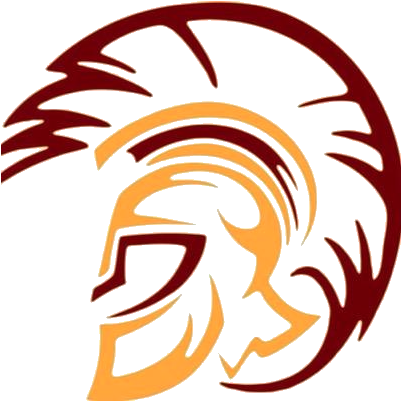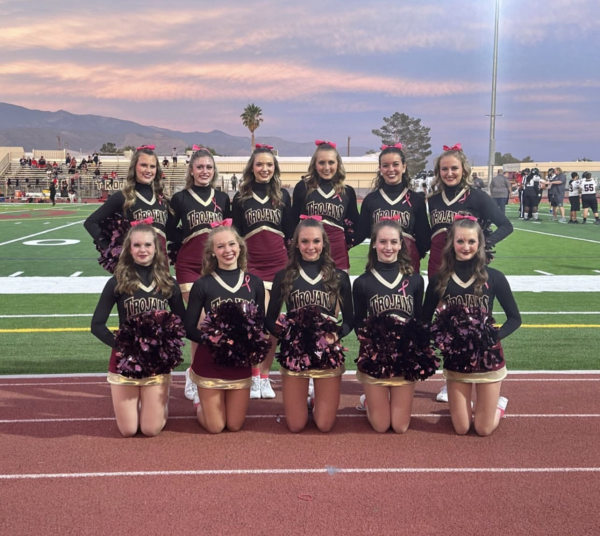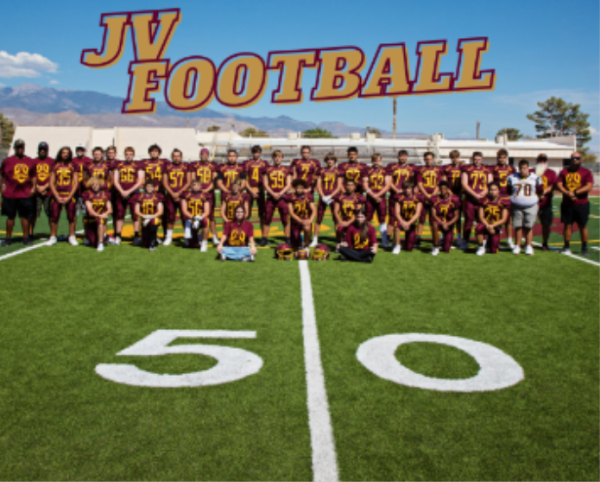An Insight On Journalism
The job of a journalist is to create, provide, inform, and inspire through writing about news and events when needed or necessary. Students are able to do this, and much more, in journalism taught by Mr. Larssen at PVHS.
For the past few years, at the end of every month, classrooms would receive stacks of newspapers written and created by us, the journalism students; however, we have decided to upgrade ourselves, as well as save trees, by publishing our content online, rather than on paper.
Even though we are making this change, we are still sticking with our same writing techniques taught by Mr. Larssen.
Mr. Larssen was surprised on his first day at PVHS about 3 years ago that he would be the journalism teacher; therefore, in panic, he quickly invented his own journalistic writing process and style.
This begins with brainstorming ideas and researching topics to write about. The key is to figure out what students would be most interested in reading, such as school related stories.
The categories we typically choose from are sports, news, featured, entertainment, and opinion.
Our story ideas must first be approved by Mr. Larssen, as well as the Editor, Bobbie Benbo or the Assistant Editor Emanuel Ribeiro-Reyes, before we begin working.
Once approved, we start off by researching as much information as possible about our topic; we typically do this online. It’s most important to make sure that all of our sources are reliable so that the information we include in our stories is correct.
Another form of research that we often use is interviewing; which is asking questions to a student, teacher, parent, coach, etc., about whatever we are covering in order to get extra background or insight.
Next, we use all of the strategies we were taught to organize our information; this includes various charts such as the “inverted pyramid.” Even though it sounds fancy, it’s just a drawing of an upside down triangle with our most important facts written on the top, and the less important facts on the bottom.
The most crucial thing to include in any of our stories is who or what it is about, as well as when, where, and why it happened.
Once all of our information is gathered, our first draft is planned out in an outline.
Since journalism is still just like any other class, each step in our writing process is checked and graded.
Creating a first draft before publishing our stories is extremely important. This is where Mr. Larssen gets to be extra critical (which is his favorite thing to do) and edit our writing to insure that it is up to speed.
One of the last steps in the journalism process is revising and putting our final stories on the website, along with pictures, of course.
Pictures are always a necessity for capturing readers’ attention. If we don’t take the photos we use ourselves, we always make sure to credit whoever did.
This is where the use of Photoshop comes handy; our photos are cropped and edited however necessary.
At this point, everything comes together and our stories are placed online for people to read, be informed, and hopefully enjoy.
The job of a journalist should never be overlooked. As a Journalism II student, I will always encourage others to try it out; therefore, it is a beneficial class that provides many things such as real experience with people, knowledge about current events, new writing techniques, and a working environment for a possible career in journalism.





